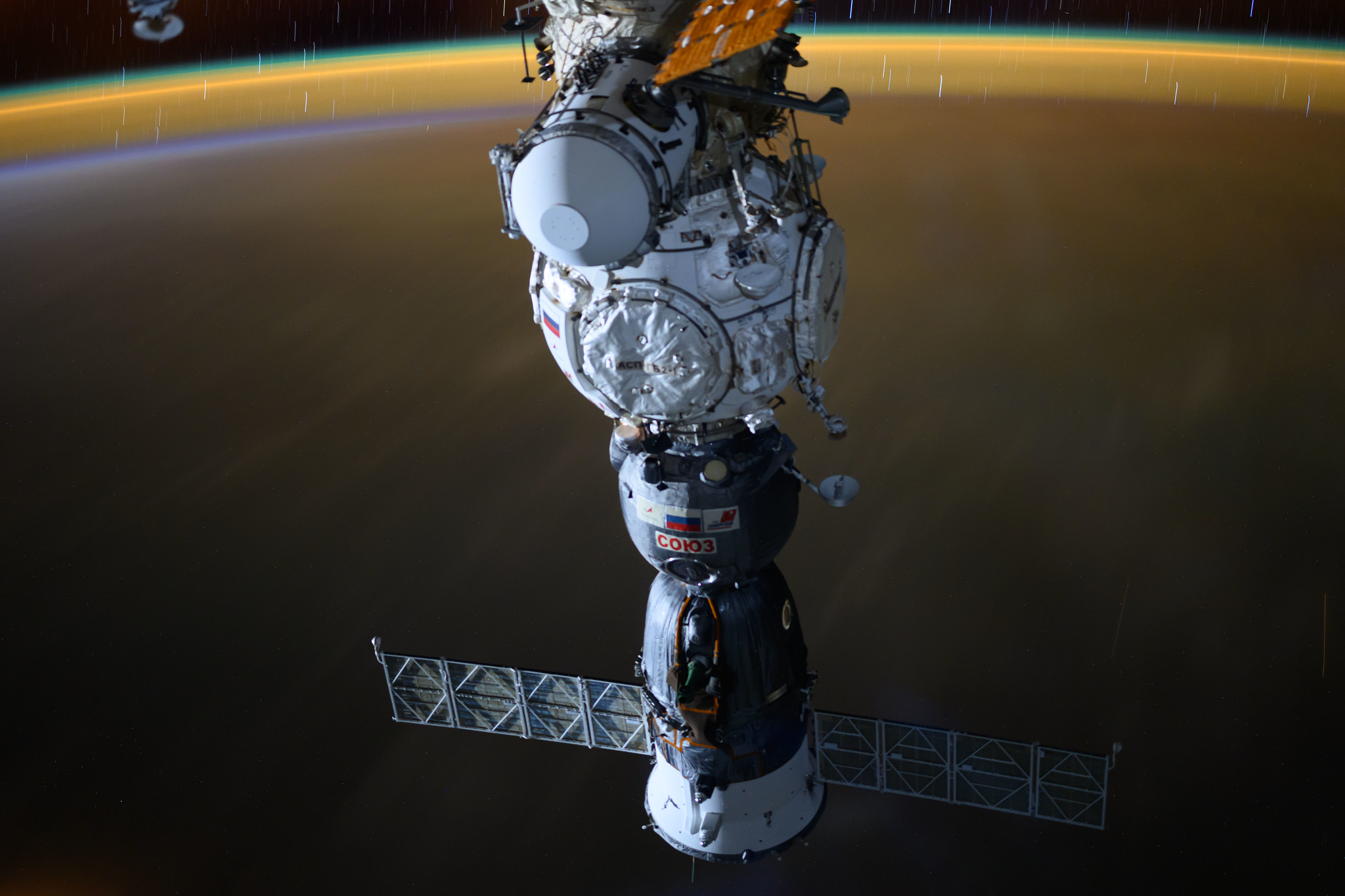NASA astronaut Tracy C. Dyson, accompanied by Roscosmos cosmonauts Nikolai Chub and Oleg Kononenko, will depart from the International Space Station aboard the Soyuz MS-25 spacecraft, and return to Earth.
Dyson, Chub, and Kononenko will undock from the orbiting laboratory’s Prichal module at 4:37 a.m. EDT Monday, Sept. 23, heading for a parachute-assisted landing at 8 a.m. (5 p.m. Kazakhstan time) on the steppe of Kazakhstan, southeast of the town of Dzhezkazgan.
NASA’s live coverage of return and related activities will stream on NASA+ and the agency’s website. Learn how to stream NASA content through a variety of platforms, including social media.
A change of command ceremony also will stream on NASA platforms at 10:15 a.m. Sunday, Sept. 22. Kononenko will hand over station command to NASA astronaut Suni Williams for Expedition 72, which begins at the time of undocking.
Spanning 184 days in space, Dyson’s mission includes covering 2,944 orbits of the Earth and a journey of 78 million miles. The Soyuz MS-25 spacecraft launched March 23, and arrived at the station March 25, with Dyson, Roscosmos cosmonaut Oleg Novitskiy, and spaceflight participant Marina Vasilevskaya of Belarus. Novitskiy and Vasilevskaya were aboard the station for 12 days before returning home with NASA astronaut Loral O’Hara on April 6.
Kononenko and Chub, who launched with O’Hara to the station on the Soyuz MS-24 spacecraft last September, will return after 374 days in space and a trip of 158.6 million miles, spanning 5,984 orbits.
Dyson spent her fourth spaceflight aboard the station as an Expedition 70 and 71 flight engineer, and departs with Kononenko, completing his fifth flight into space and accruing an all-time record 1,111 days in orbit, and Chub, who completed his first spaceflight.
After returning to Earth, the three crew members will fly on a helicopter from the landing site to the recovery staging city of Karaganda, Kazakhstan. Dyson will board a NASA plane and return to Houston, while Kononenko and Chub will depart for a training base in Star City, Russia.
NASA’s coverage is as follows (all times Eastern and subject to change based on real-time operations):
Sunday, Sept. 22
10:15 a.m. – Expedition 71/72 change of command ceremony begins on NASA+ and the agency’s website.
Monday, Sept. 23
12:45 a.m. – Hatch closing coverage begins on NASA+ and the agency’s website.
1:05 a.m. – Hatch closing
4 a.m. – Undocking coverage begins on NASA+ and the agency’s website.
4:37 a.m. – Undocking
6:45 a.m. – Coverage begins for deorbit burn, entry, and landing on NASA+ and the agency’s website.
7:05 a.m. – Deorbit burn
8 a.m. – Landing
For more than two decades, people have lived and worked continuously aboard the International Space Station, advancing scientific knowledge, and making research breakthroughs that are not possible on Earth. The station is a critical testbed for NASA to understand and overcome the challenges of long-duration spaceflight and to expand commercial opportunities in low Earth orbit. As commercial companies focus on providing human space transportation services and destinations as part of a robust low Earth orbit economy, NASA is focusing more resources on deep space missions to the Moon as part of Artemis in preparation for future human missions to Mars.
Learn more about International Space Station research and operations at:
-end-
Josh Finch / Claire O’Shea
Headquarters, Washington
202-358-1100
joshua.a.finch@nasa.gov / claire.a.o’shea@nasa.gov
Sandra Jones
Johnson Space Center, Houston
281-483-5111
sandra.p.jones@nasa.gov




